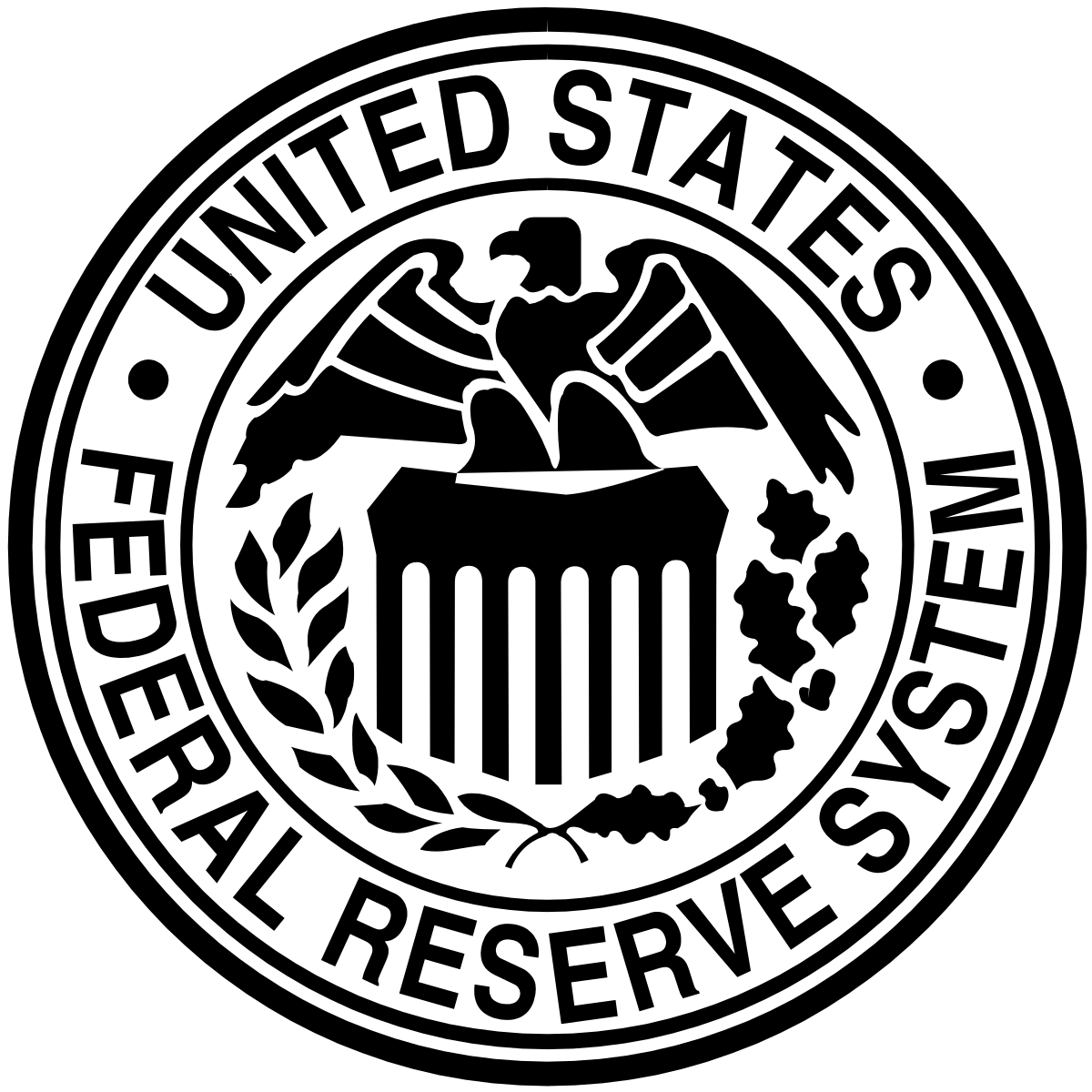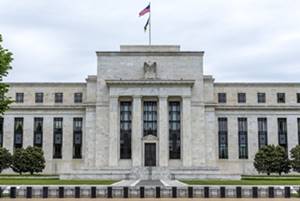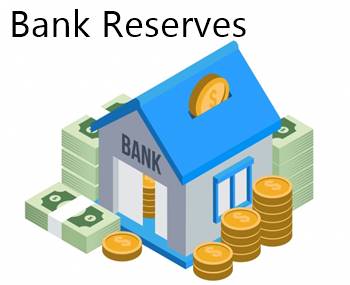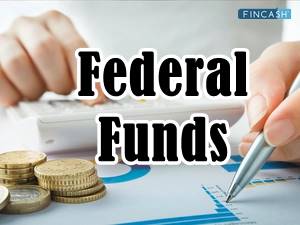
Table of Contents
- Key Takeaways
- Understanding the Federal System
- General Functions
- Purpose of the Federal Reserve System
- History of the FRS
- Who Controls the Federal Reserve?
- How do Banks Make Money from the Federal Reserve?
- Who are the Member Banks of the Federal Reserve?
- The Roles and Responsibilities of the Federal Reserve
- Conclusion
What Is the U.S. Federal Reserve System (FRS)?
The U.S. Federal Reserve System (FRS), often simply referred to as "the Fed," is the central banking system of the United States. Established in 1913, it plays a crucial role in the country's economic stability.

In this article, we will dive into the functions, purposes, history, and operational aspects of the Federal Reserve System.
Key Takeaways
The Federal Reserve System: Central Bank of the U.S., ensuring economic stability through monetary policy, regulation, and financial services.
Dual Mandate: Focuses on maximum employment and stable prices.
Independent but Accountable: Operates independently within the government, with oversight from Congress.
Regional and National Interests: Combines a central board in Washington, D.C., with 12 regional banks.
History: Established in 1913, evolving through financial crises to expand its roles.
Bank Interactions: Banks earn interest on reserves, borrow from the discount window, and engage in open Market operations.
Member Banks: Includes national and many state-chartered banks, with ownership and governance roles in their regional Federal Reserve Banks.
Understanding these elements is key to appreciating how the Federal Reserve supports the stability and growth of the U.S. Economy.
Understanding the Federal System
The Federal Reserve System is the central bank of the United States. It was created to provide the nation with a safe, flexible, and stable monetary and Financial System. The Fed has a unique structure that combines a central governmental agency, the Board of Governors in Washington, D.C., and a decentralized network of 12 Federal Reserve Banks located in major cities across the country.
The Federal Reserve operates independently within the government. This means it can make decisions without needing approval from the President or Congress, although it is subject to oversight by Congress. This structure is designed to balance regional and national interests and prevent political interference in monetary policy.
General Functions
The Federal Reserve has several key functions:

Monetary Policy: The Fed controls the supply of money and interest rates to achieve macroeconomic goals such as maximum employment, stable prices, and moderate long-term interest rates.
Regulating and Supervising Banks: It ensures the soundness and stability of the banking and financial system by regulating and supervising banks.
Maintaining Financial Stability: The Fed monitors and addresses risks to the financial system to prevent financial crises.
Providing Financial Services: It offers various financial services, including managing the nation's payments system and serving as a bank for the U.S. government and other financial institutions.
Purpose of the Federal Reserve System
The primary purpose of the Federal Reserve System is to promote a stable and secure economy. It aims to achieve this through effective monetary policy, regulation of financial institutions, and maintaining the overall health of the financial system. The Fed's dual mandate focuses on two main goals: promoting maximum employment and ensuring price stability.
History of the FRS
The Federal Reserve was established in response to a series of financial panics, particularly the Panic of 1907. The Federal Reserve Act, signed into law by President Woodrow Wilson on December 23, 1913, created the Federal Reserve System. Over the years, the Fed's role has expanded and evolved, particularly after the Great Depression and the 2008 financial crisis, leading to increased responsibilities in financial regulation and consumer protection.
Talk to our investment specialist
Who Controls the Federal Reserve?
The Federal Reserve is governed by a Board of Governors, consisting of seven members appointed by the President and confirmed by the Senate. The Board of Governors, located in Washington, D.C., oversees the entire Federal Reserve System. Each of the 12 Federal Reserve Banks has its own president, who is appointed by the bank's board of directors with the approval of the Board of Governors.
How do Banks Make Money from the Federal Reserve?
Banks interact with the Federal Reserve in several ways to manage their reserves and liquidity:
Interest on Reserves: The Fed pays interest on the reserves that banks hold in their accounts at the Fed.
Discount Window: Banks can borrow money from the Fed's discount window to meet short-term liquidity needs, typically at a higher interest rate than the federal funds rate.
Open Market Operations: Banks participate in Open Market operations where the Fed buys and sells government securities, influencing the amount of reserves in the banking system.
Who are the Member Banks of the Federal Reserve?
Member banks of the Federal Reserve include all national banks and many state-chartered banks. National banks are required to be members, while state banks can choose to join. Member banks hold stock in their respective Federal Reserve Banks and receive dividends. They also have voting rights in selecting the board of directors for their regional Federal Reserve Bank.
The Roles and Responsibilities of the Federal Reserve
The Federal Reserve's roles and responsibilities are vast and integral to the functioning of the U.S. economy:
Conducting Monetary Policy: By adjusting interest rates and controlling the money supply, the Fed influences economic activity, employment, and Inflation.
Supervising and Regulating Banks: It ensures the safety and soundness of the banking system, protects consumers, and maintains financial stability.
Providing Financial Services: The Fed facilitates payment systems, distributes currency and coin, and acts as a bank for the U.S. Treasury and other Depository institutions.
Maintaining Financial Stability: Through its monitoring and Risk assessment, the Fed aims to prevent and mitigate financial crises.
Conclusion
The U.S. Federal Reserve System is a cornerstone of the nation's financial and economic stability. Its multifaceted roles—from conducting monetary policy to regulating banks and maintaining financial stability—are essential for a healthy economy. Understanding the Fed's functions and history can provide valuable insights into how the U.S. financial system operates and how monetary policy impacts everyday life.
For those keen on diving deeper exploring more about the Federal Reserve's various tools and policies can offer a greater appreciation of its complex yet crucial role in maintaining Economic Equilibrium. Whether you’re a student, an investor, or simply a curious citizen, understanding the Fed helps you better grasp the dynamics that drive the U.S. economy. If you have questions or thoughts about the Federal Reserve System, feel free to share them in the comments below. Let’s discuss how this vital institution shapes our economic landscape!
All efforts have been made to ensure the information provided here is accurate. However, no guarantees are made regarding correctness of data. Please verify with scheme information document before making any investment.












